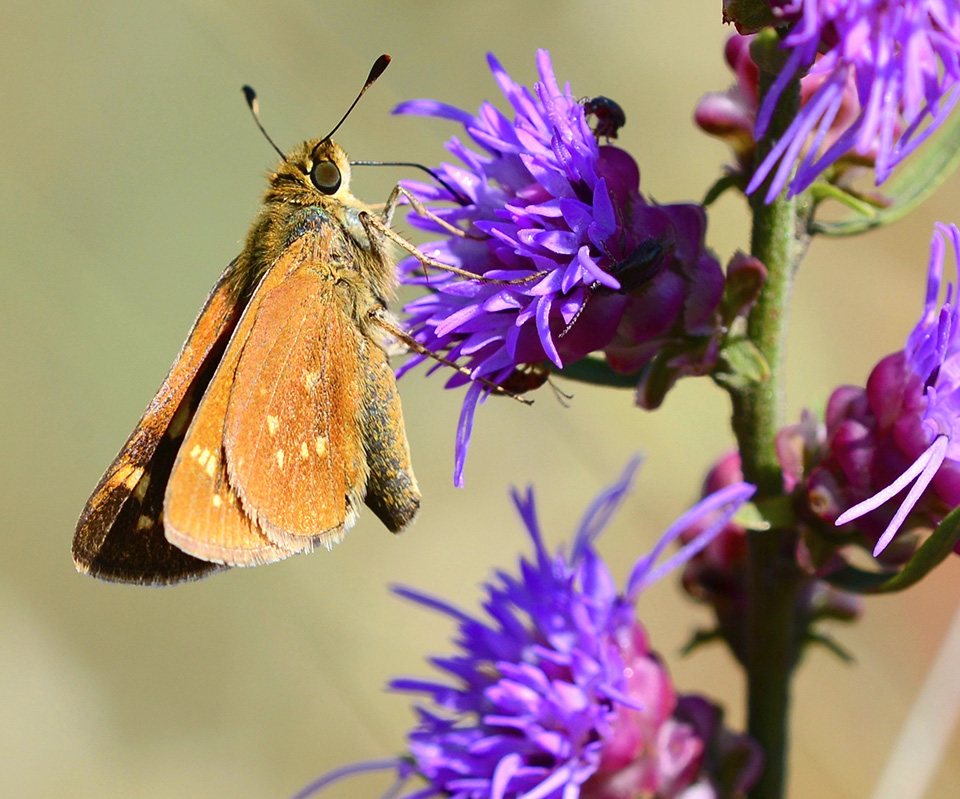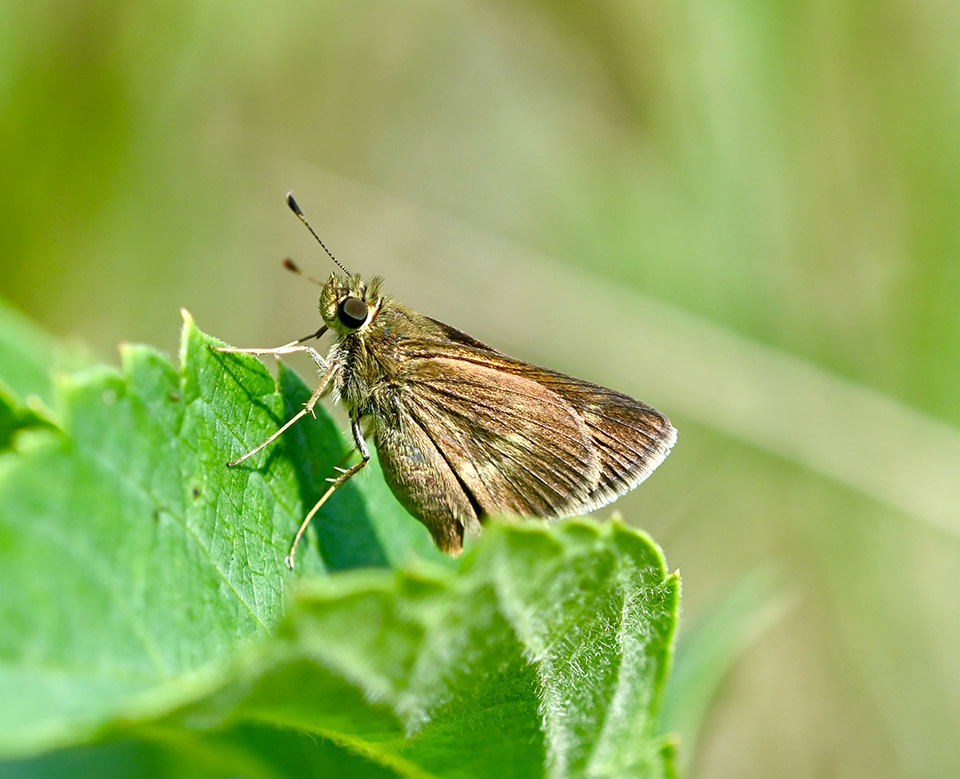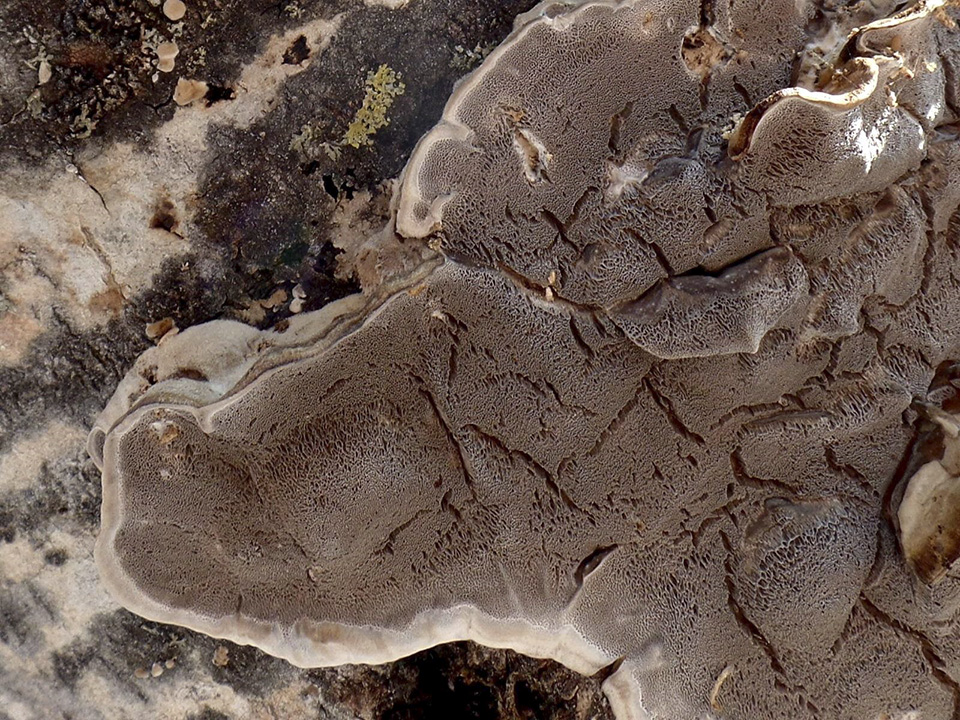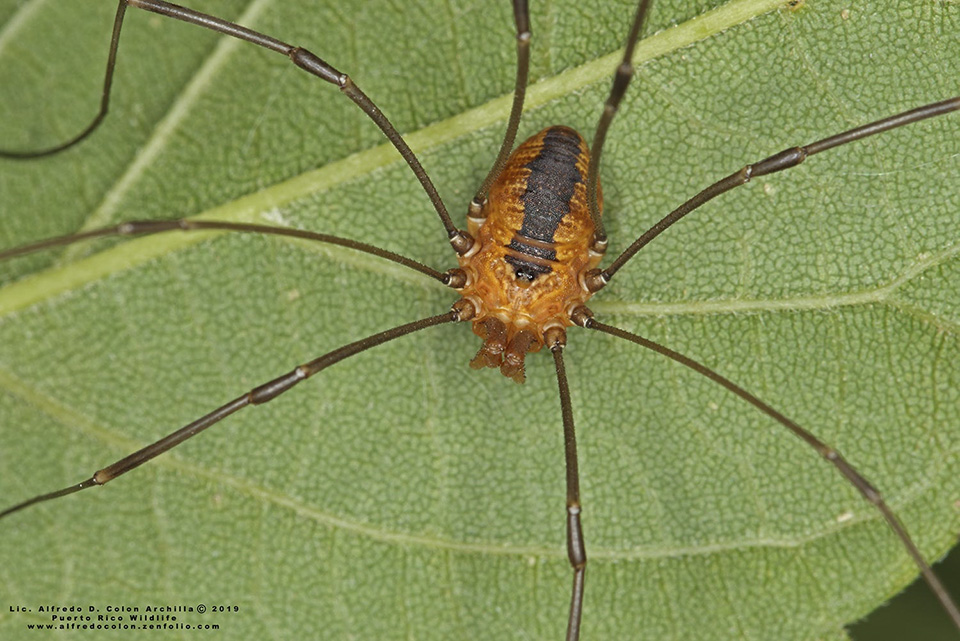
Leonard’s skipper (Hesperia leonardus) is a large, late season, branded skipper. It occurs in North America east of the Rocky Mountains. It is listed as a Special Concern species in Minnesota, where it is declining due to habitat loss, insecticide drift from nearby croplands, and prescribed burning of managed prairies and savannas.
Adults fly from early August to mid-September. They feed on nectar from many flowers, including wild bergamot, heal-all, round-headed bush clover, asters, goldenrods, spotted knapweed, prairie ironweed, blazing stars, thistles, Joe-pye weed, and sunflowers. Larva feed on grasses.
There are three subspecies of Leonard’s skipper, two of which occur in Minnesota. The western subspecies, Pawnee skipper (Hesperia leonardus pawnee), is found in prairies in the west. The eastern subspecies, Leonard’s skipper (Hesperia leonardus leonardus), is found in dry prairies, savannas, open woodlands, and woodland openings in the east. The ranges of the subspecies overlap in eastern Minnesota, western Iowa, and western Wisconsin. In these areas the subspecies interbreed, producing “blended” offspring that are closer in appearance to Leonard’s skipper. The Leonard’s skippers in eastern Minnesota are all or mostly “blended”.
http://www.minnesotaseasons.com/Insects/Leonards_skipper.html



